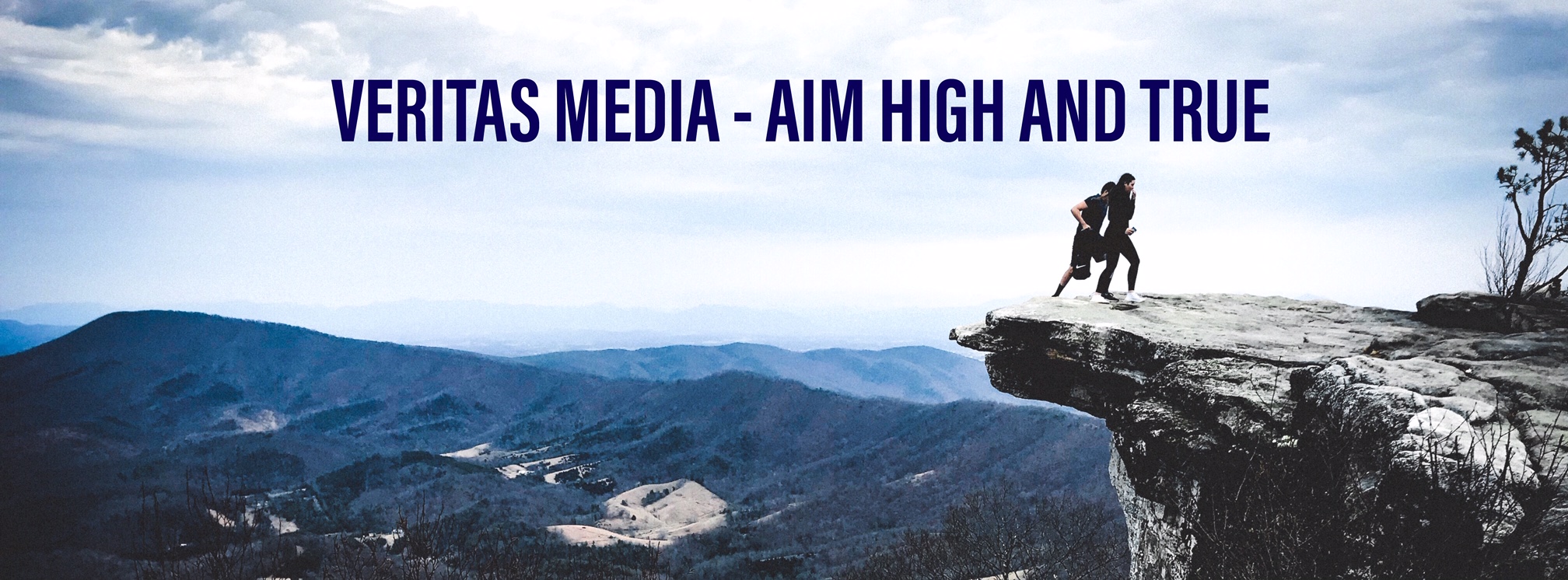By David Macaulay, Veritas Legal Media
America is once again gripped by the enormity of another shooting tragedy : this time the massacre of 20 children and six adults at Sandy Hook Elementary School in Newtown, Connecticut.
Over the next few days and weeks, the shooter’s motive will be carefully examined. So too will the question of whether school authorities could have done more to avert this tragedy.
In the wake of mass shootings lawyers often step in, although the enormity of the tragedy does not always have a direct bearing on the issue of liability.
In the wake of the Aurora shooting on July 20, 2012 which saw James Eagan Holmes charged with the shooting deaths of 12 people in a Colorado movie theater, Torrence Brown Jr., one of the survivors, said he was planning on suing the theater.
Brown was friends with 18-year-old AJ Boik, one of the shooting victims. He said he is seeking therapy and is emotionally distraught after the shooting. The shooting left 58 people injured.
According to reports, Brown plans to sue the Century 16 theater, which is owned by Cinemark, for having an exit door that was not equipped with an alarm or guarded.
Lawsuits often come forward in the wake of mass shootings. After the 1999 Columbine school shooting in Colorado which 12 students and an adult were killed, some families of the victims attempted to sue gaming companies for $5 billion.
The class action alleged those who carried out the massacre, were influenced by a number of violent video games, in particular one called “Doom.” However, a federal judge dismissed the suit.
There were also a number of unsuccessful lawsuits filed against the school. Some of the impacted families won a settlement against the shooter’s parents and against friends who helped provide guns to the young men.
A number of wrongful death suits were filed in the wake of the 2007 Virginia Tech massacre, the deadliest shooting by a single gunman in U.S. history.
In March 2012 a jury awarded $4 million to each of two families who filed a suit. The families’ lawyers argued the school should have notified the students sooner after learning that two other students had been found shot dead in a West Ambler Johnston dormitory room on the morning of April 16, 2007.The shooter, Seung-Hui Cho went on to massacre 30 other people, including the two victims whose families sued – Julia Pryde and Erin Peterson.
At a later hearing Judge William Alexander II set the jury’s award at $100,000 for each family, the highest amount allowed under Virginia’s cap on damages against the state.
The state settled with some other family members, in the wake of the tragedy.
In 2009, more than 50 relatives of the victims of the Fort Hood massacre sued the federal government, claiming authorities ignored warning signs that the accused killer, Major Nidal Malik Hasan, was dangerous and violent.
Although lawsuits are common after tragedies plaintiffs face many obstacles. To prove negligence authorities should have known about a risk or have been expected to know. Suing local governments can be difficult even when plaintiffs are successful, issues such as caps often come into play, as demonstrated by the Virginia Tech lawsuits.
Contact Veritas Legal Media at veritaslegalmedia@hotmail.com
